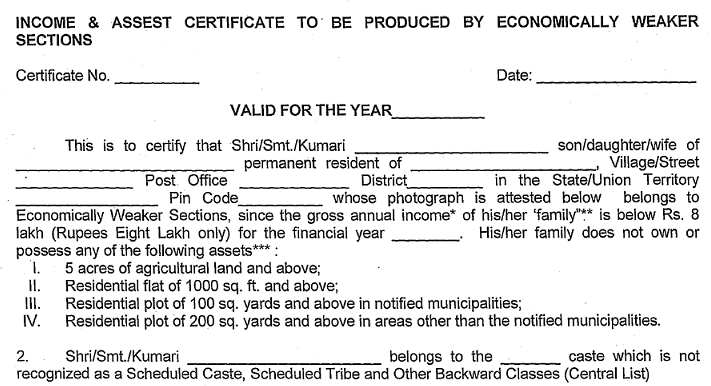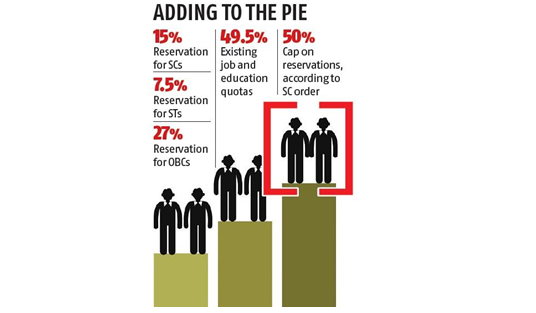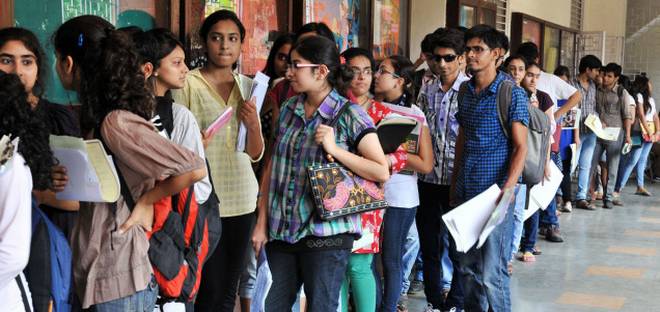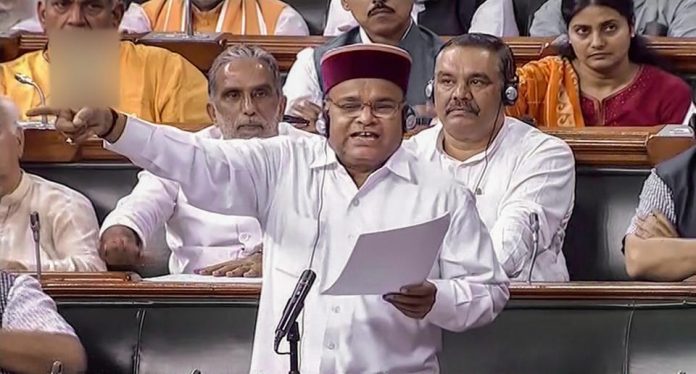On January 8, 2019, the Minister of Social Justice and Empowerment, Mr Thanwar Ghelot, in the Lok Sabha, introduced the One Hundred and Twenty Fourth Amendment Bill, 2019 (124th Amendment).
The bill seeks to provide for the advancement of the “economically weaker sections”. After the Union Cabinet passed the bill, it was forwarded to the Lok Sabha where after four and a half hours of debate, the 124th Amendment bill was passed with 323 voting for and 3 against. The bill was then forwarded to the Rajya Sabha where too, it was passed despite the higher number of opposition members in the house.
Under the 124th Amendment bill, the government seeks to create a 10% quota for the economically weaker sections in addition to the existing reservation in higher education institutions and public employment.
As cited in the Article 15 and 16 of the constitution of India
(b) any special provision for the advancement of any economically weaker sections of citizens other than the classes mentioned in clauses (4) and (5) in so far as such special provisions relate to their admission to educational institutions including private educational institutions, whether aided or unaided by the State, other than the minority educational institutions referred to in clause (1) of article 30, which in the case of reservation would be in addition to the existing reservations and subject to a maximum of ten per cent. of the total seats in each category.
Explanation. — For the purposes of this article and article 16, “economically weaker sections” shall be such as may be notified by the State from time to time on the basis of family income and other indicators of economic disadvantage.]
This isn’t the first time that the state has tried to add reservation based on economic criterion. PV Narshimarao’s government too tried to implement a 10% quota for the economically weaker among the unreserved sections, but the executive order wasn’t feasible at that time because it was in violation of the Indra Sawhney vs Union of India judgement that put a cap on reservations at 50%. This time around though, the Modi government seems to have found a loophole by making it a constitutional amendment, thus it cannot be struck down for going against the structure of the constitution. The amendment provides reservation to those whose family income is less than 8 lakhs and their family does not own or possess the following assets:
- 5 acres or more of agricultural land;
- Residential flat of 1000 sq. ft. and above;
- Residential Plot of 100 sq. yards and above in notified municipalities;
- Residential Plot of 200 sq. yards and above in areas other than notified municipalities.

The bill was passed with a great sense of emergency without full debate and was pushed to be implemented in the year 2019-20 itself. This created quite a bit of chaos across educational institutions across the country. Most students were unaware of this quota for long periods of time and since the implementation of this quota was begun only after the beginning of admission sessions for the next academic year, colleges too are in a state of confusion.
Given that the new reservation is in addition to the existing reservations, colleges will need to make drastic changes in the number of seats available per session, apart from infrastructural and faculty changes. In one such instance, the Supreme Court of India stepped in and prevented the implementation of the EWS Quota for PG seats in Maharashtra for the academic year 2019-20, since new seats hadn’t yet been sanctioned and the existing seats couldn’t be subjected to the new notification.
Students, in general, have been facing difficulty in obtaining income certificates and understanding the process of application due to lack of elaboration on process and application under the new quota.

The economic criterion for the quota too seems arbitrary and baseless with economists such as Surjit S Balla and Sonalde Desai stating that about 80%-95% of general category households could be eligible for the quota. The quota instead of addressing exclusion might be prone to wrong inclusion.

The National Institutional Ranking Framework’s data suggests that about 66% of NIRF ranked institutions already have more than 10% “economically- backward students” enrolled in the institution. Analysis of NIRF data can further conclude that about 28% of the population of 445 higher ranked NIRF institutions is from the EBC quota, 3 times more than the proposed quota. Drawing from the above statistics this move by the Modi government might be a ‘jumla’ or an election gimmick after all, but the future of the bill remains unclear as of yet.



























